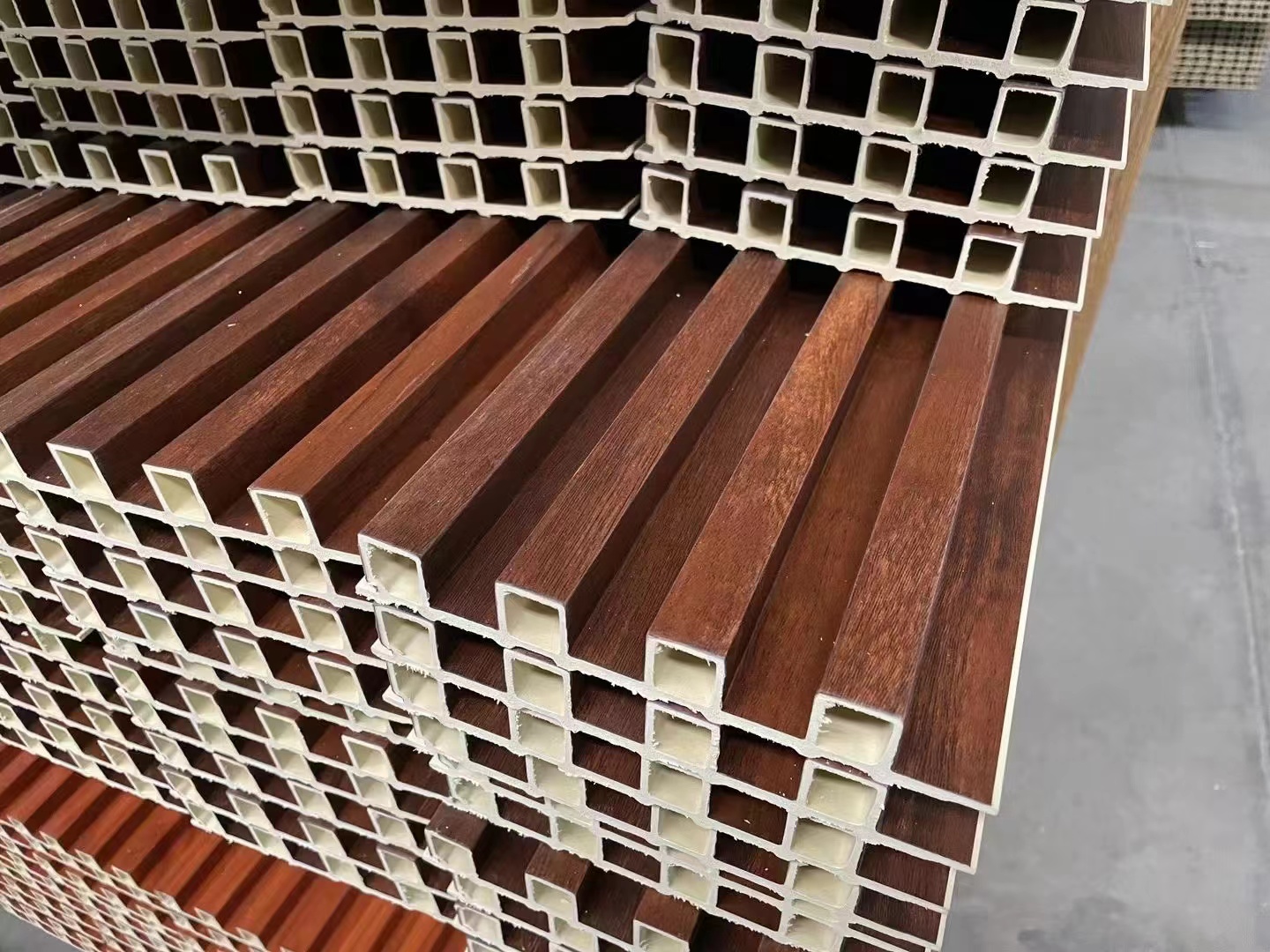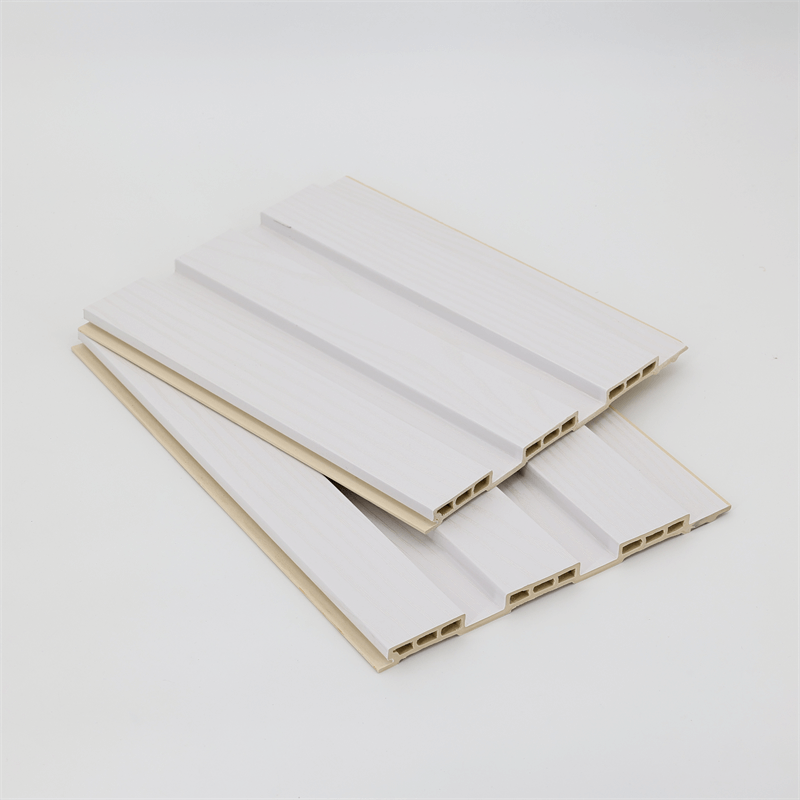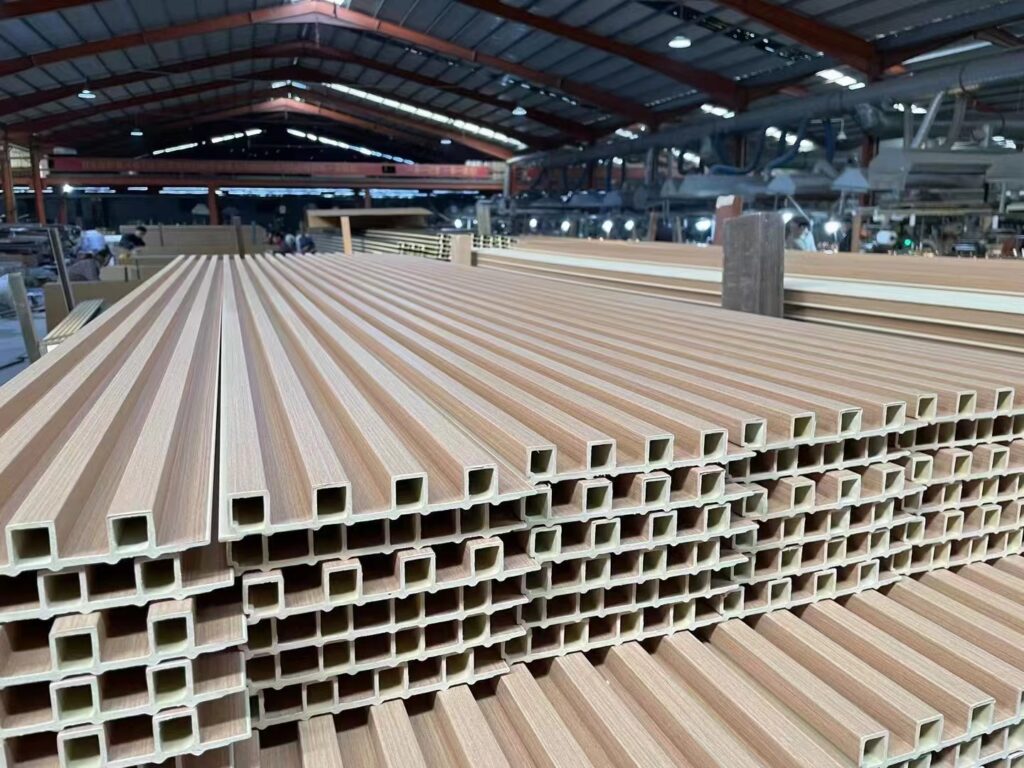The construction industry in Kenya has witnessed a remarkable transformation in recent years with the advent of eco-friendly building materials.
Among these, Wood-Plastic Composite (WPC) wall panels have emerged as a game-changer, revolutionizing construction practices in the country.
With a perfect blend of elegance and sustainability, WPC wall panels have become the preferred choice for architects, builders, and homeowners alike.
This essay explores the eco-friendly elegance of WPC wall panels and their significant impact on Kenya’s construction landscape.

1. The Rise of Eco-Friendly Construction in Kenya
In an era marked by growing environmental concerns, Kenya has emerged as a frontrunner in promoting eco-friendly construction practices.
With a rich natural heritage and a commitment to sustainable development, the country has embraced WPC wall panels as a responsible choice.
These panels are engineered using a combination of wood fibers, typically sourced from reclaimed wood, and recycled plastics, making them an ideal alternative to traditional timber.
WPC wall panels not only reduce the demand for virgin wood and plastic but also provide a second life to waste materials.
By diverting waste from landfills and reusing it in construction, Kenya contributes significantly to reducing its carbon footprint and combating pollution.
2. The Advantages of WPC Wall Panels in Kenya
The widespread adoption of WPC wall panels in Kenya can be attributed to their numerous advantages, setting them apart from conventional building materials.
Firstly, their eco-friendly nature appeals to environmentally conscious consumers who wish to play an active role in preserving the country’s biodiversity.
The use of recycled materials and reduced dependence on virgin resources aligns with Kenya’s vision for a greener and sustainable future.
Secondly, WPC wall panels exhibit exceptional durability and resistance to weather elements, making them ideal for the diverse Kenyan climate.
Unlike traditional wood, these panels do not succumb to rot, pests, or termites, ensuring a longer lifespan and reduced maintenance costs for buildings.
Additionally, WPC panels are lightweight and easy to install, streamlining construction processes and reducing labor and transportation costs.
Their versatile design allows for customization, enabling architects and builders to create aesthetically pleasing and contemporary structures that seamlessly integrate with the natural surroundings.

3. WPC Wall Panels in Sustainable Architecture
Kenya’s architectural landscape is witnessing a remarkable shift towards sustainable designs, and WPC wall panels play a pivotal role in this transformation.
Architects are increasingly incorporating these panels into their designs to achieve both environmental consciousness and elegance.
One significant application of WPC wall panels in sustainable architecture is facade cladding.
WPC panels serve as an attractive and durable cladding material that enhances the exteriors of buildings while offering excellent thermal insulation.
The use of these panels also improves energy efficiency, reducing the need for artificial heating or cooling, and thereby contributing to a greener environment.
In addition to facade cladding, WPC wall panels are used for interior design, adding a touch of elegance to living and working spaces.
The availability of different colors, textures, and finishes allows for creative expression, enabling architects to create distinctive interiors that resonate with the building’s eco-friendly identity.
4. WPC Wall Panels for Sustainable Construction Projects
Beyond the aesthetics and eco-friendliness, WPC wall panels have become an essential component of sustainable construction projects in Kenya.
Many developers and builders prioritize green building certifications, such as LEED (Leadership in Energy and Environmental Design) and EDGE (Excellence in Design for Greater Efficiencies), to showcase their commitment to sustainability.
WPC wall panels play a crucial role in meeting the criteria for these certifications.
The incorporation of recycled materials and the reduction of energy consumption in the manufacturing process contribute to earning green building credits.
As a result, developers increasingly opt for WPC panels to achieve their sustainability goals and create environmentally responsible properties.
Moreover, the use of WPC wall panels in sustainable construction projects attracts environmentally conscious buyers and tenants, increasing the marketability and value of the property.
In a country where eco-consciousness is gaining momentum, properties designed with sustainable materials like WPC panels are highly sought after by individuals and businesses alike.

The widespread adoption of WPC wall panels in Kenya marks a significant step towards eco-friendly and elegant construction practices.
These panels, engineered with a perfect balance of wood fibers and recycled plastics, offer durability, resistance to weather elements, and a touch of sophistication to architectural designs.
As Kenya continues to embrace sustainable development and environmental consciousness, the demand for WPC wall panels is poised to grow exponentially.
With the versatility and eco-friendliness they bring to the construction industry, WPC wall panels have indeed revolutionized the way buildings are designed and constructed in Kenya.
The seamless integration of elegance and sustainability positions WPC panels as a leading choice for builders, developers, and architects committed to a greener future.
As the country progresses towards a more sustainable tomorrow, the eco-friendly elegance of WPC wall panels remains at the forefront of Kenya’s construction revolution.